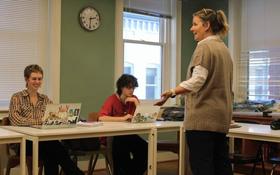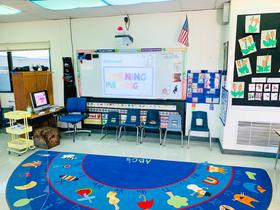For the 2025-26 school year, there is 1 public high school serving 136 students in Pablo, MT.
Pablo, MT public high schools have a diversity score of 0.00, which is less than the Montana public high school average of 0.39.
Minority enrollment is 100% of the student body (majority American Indian), which is more than the Montana public high school average of 23% (majority American Indian).
Best Public High Schools in Pablo, MT (2025-26)
School
(Math and Reading Proficiency)
(Math and Reading Proficiency)
Location
Quick Facts
Rank: n/an/a
58020 Old Us Hwy 93
Pablo, MT 59855
(406) 675-0292
Pablo, MT 59855
(406) 675-0292
Gr: 8-12 | 136 students Student-teacher ratio: 17:1
Frequently Asked Questions
How many public high schools are located in Pablo, MT?
1 public high schools are located in Pablo, MT.
What is the racial composition of students in Pablo?
Pablo public high schools minority enrollment is 100% of the student body (majority American Indian), which is more than the Montana public high schools average of 23% (majority American Indian).
Recent Articles

Gifted & Talented Programs in Public Schools
Explore opportunities and controversies in gifted & talented programs—equity, outcomes, and models shaping public education in 2025.

Evaluating STEM in Public Schools: A Parent & District Guide
A guide to evaluating STEM programs in public school districts—metrics, best practices, equity, and 2025 trends for parents and community stakeholders.

Special Education in Public Schools: Understanding IEPs & Services
What parents need to know about IEPs, services, rights, and how to get the best support in public schools in 2025.
